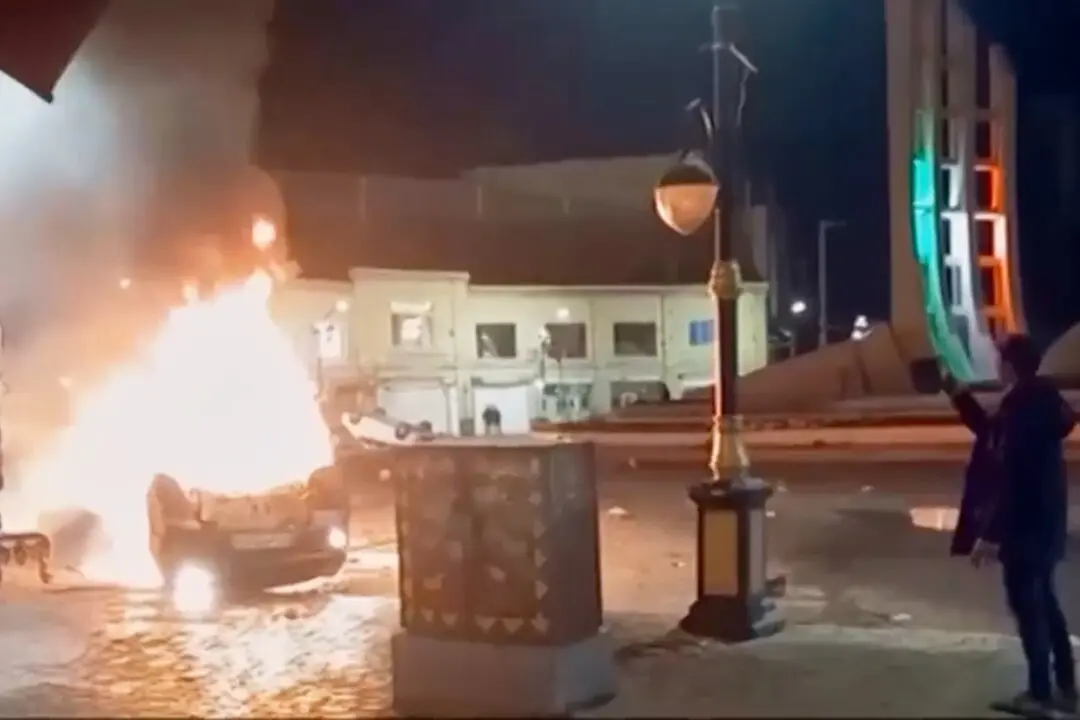British and American military officials said that as Russia’s offensive in Ukraine has faced setbacks, Russian forces have ramped up the use of rocket attacks and other long-range fires, increasingly striking civilian infrastructure, leading to more civilian casualties.
British Defense Secretary Ben Wallace told the BBC on Tuesday that Russian forces were becoming frustrated by the lack of progress in parts of Ukraine and were increasingly resorting to what he described as brutal tactics.




